A province of resilience: Leyte three years after Yolanda
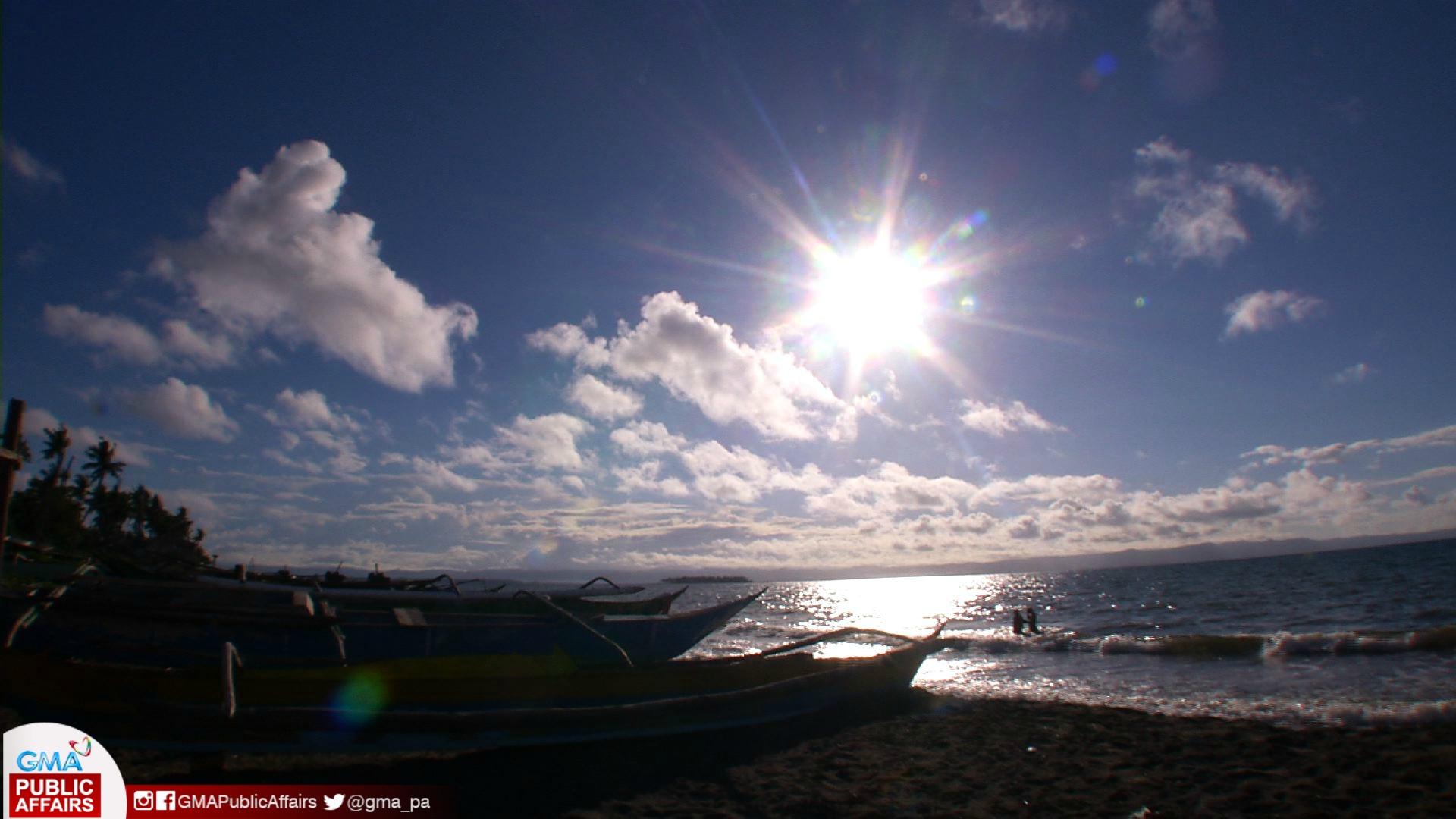
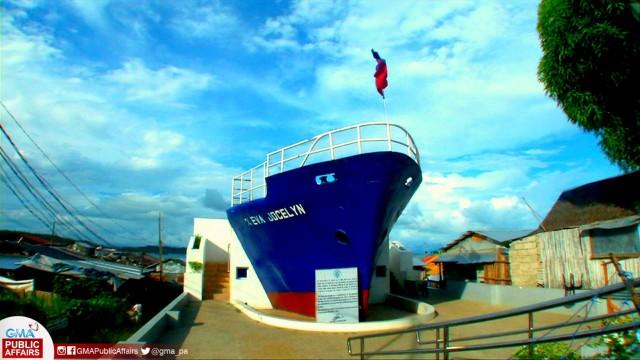
This week, "Biyahe ni Drew" explored the ins and outs of Leyte to prove that neither a single typhoon nor whatever calamity will ever stop this province to metamorphose into reaching its peak once more.
What and where to eat?
Dekanyas, Roscas and Tortas
A town called Barugo, more than one hour away from Tacloban, capital city of Leyte, offers a huge variety of breads and pies called Dekanyas, Roscas and Tortas. These can be compared to the the more familiar apple pies and biscochos. A cup of coffee along with this trio will seal the deal for your tummy.
Hinatukan
Aside from the breads, you shouldn’t also miss their version of Ginataang Manok called Hinatukan. What made it different from the traditional chicken dish we know? Now, this is the interesting part! Aside from the coconut milk, the fresh blood of the chicken is included in the recipe as a thickening agent for the dish.
Sasing
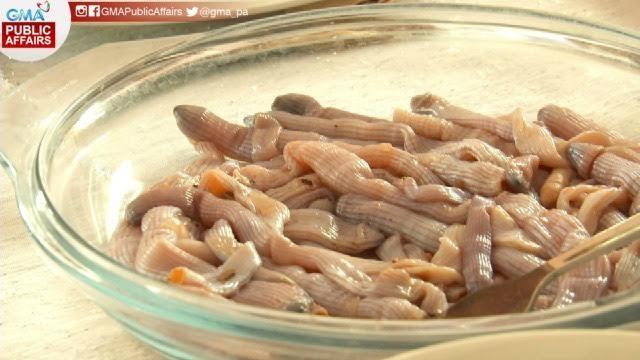
If you’re a bit of a daredevil when it comes to culinary pursuits, try Leyte’s Sasing. They are sand-worms burrowed beneath the moist sands of the province. Its texture is squishy and can be compared to a rarely-done squid.
Sasing is eaten raw and its dip is made of its blood itself, with a drizzle of calamansi juice. Interesting it is.
The Yolanda Eatery
There are a lot of paluto restaurants in the province, one of them is the Yolanda eatery located in Baybay, San Jose, Tacloban City and is just 15 minutes away from the airport. Take note, Biyaheros, the giant pusit and their grilled marlins are the champions.
Since Leyte is geographically located near the sea, expect fresh seafood in your meals! Just bring it to paluto restaurants and they will take care of the dish you want to try.
Lechon de Tacloban

Cooked over fire for 1-2 hours without a mechanical spinner, you have no excuses not to appreciate how lechon in Tacloban is created. Who would dare reject a flaming red crunchy lechon skin marinated with...softdrinks?! Definitely a must-try!
Where to go and what to do?
Skimboarding in Tanauan, Leyte
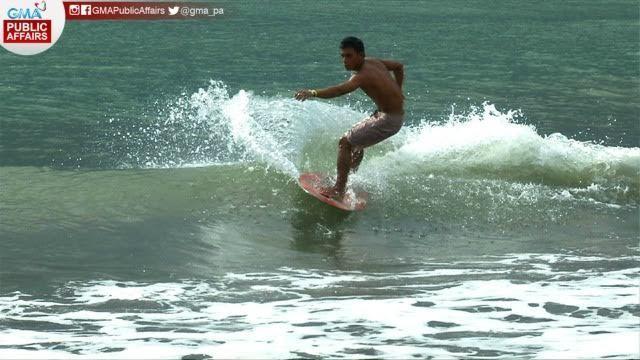
The tragic devastation of Super Typhoon Yolanda haltered the progress of the skimboarding industry in Tanauan, Leyte, dubbed as the skimboarding capital of the country.
Skimboarding is a water board sport pretty much similar to surfing. The only difference is that the board of skimboarding has no fins and is smaller. But both sports require balancing skills for you to ride the waves and smoothly slide back to the shore.
But worry not, Biyaheros! It still remains to be the skimboarding capital, it was just in hiatus in the past three years but the sport is back and waiting for tourists to ride the waves and surf.
Visit M/V Eva Jocelyn
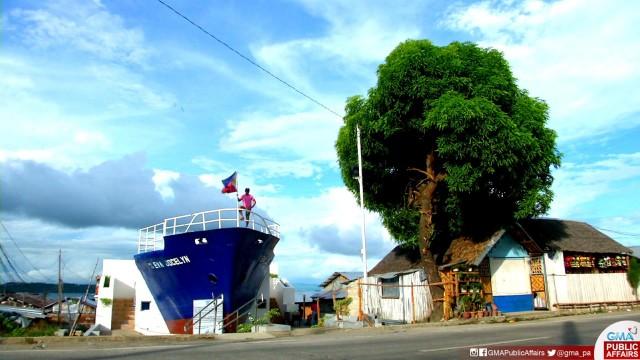
In Tacloban stands a commercial vessel called M/V Eva Jocelyn that was pushed hard to the shore by Super Typhoon Yolanda three years ago and now serves as a monumental shrine—an everyday reminder of that nightmare but also a flash of hope that they can see it, that they survived.
Balay of the Marcoses
Aside from this vessel, several remarkable houses were also victims of the super typhoon, one of which was the Sto. Niño house, one of the 29 rest houses that former president Marcos built for his wife Imelda. It still remains along with numerous paintings, some furnitures and chandeliers and huge and spacious rooms inside.
What to bring home?
Pastillas made inside a bird's house

Balinsasayaw are birds popular for their saliva often used in expensive soup dishes. Imagine these birds not in caves but inside a house and that house serves as a home to a pastillas maker. In Tacloban, there is a house both inhabited by these birds and a pastillas maker.
Pastillas are made out of carabao milk and white sugar’s mixture. For only P270.00 for 100 pieces, you can bring home with you their pastillas fresh from a bird’s house!
Sundang
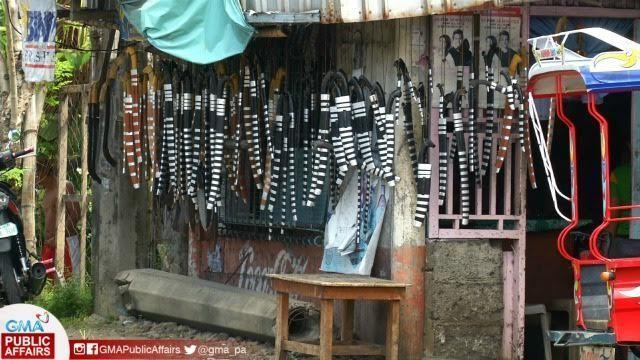
Want to know if you are in Carigara already? If you can see Sundangs hanging around like wind chimes, welcome then to Carigara!
Carigara, Leyte also has its own version of bolo and itak which is called Sundang. The tradition of producing these Sundangs started in 1922 and the descendants of its original makers made sure that it’ll never die.
Sansibar is their most famous type of Sundang. Its blades are tempered making it really tough for grass and wood work, and even for meats. Aside from its shiny blades, the handles are made from carabao horns. A sure eye-candy that would make you like to bring this baby home!
Banig and Bayong

No sunblock? No problem. These weavers stay in a cave to avoid the heat of the sun!
In Basey, Samar, banig and bayong along with other items are woven inside a cave called Su-ob. Its weavers only come out when the sun falls down every day to avoid sunburn!
Leyte and Samar were two of the many provinces that were badly hit by Yolanda. But the tragedy did not stop locals to move forward. And this "Biyahe ni Drew" adventure is a proof this resilience these two provinces posses that made them survive and even thrive in the past three years. ---Joseph Sonajo/BMS, GMA Public Affairs




